The most frequent causes of injury to small animals include traffic accidents, when the animals are hit, run over or dragged along by a bicycle, motorbike, car or lorry.
Fights are another principal cause, where the injuries are caused by bites.
In the city, a large number of injuries are the result of falling from a height. In the same way, in mountainous areas, falls occur in trenches or on slopes.
Firearm injuries are also common in hunting dogs or dogs that are victims of abuse from disrespectful humans that shoot at animals in the neighbourhood.
Some of these situations will be described in more detail below.
COLLISION WITH A MOTOR VEHICLE
A high percentage of animals that are admitted to veterinary clinics are there as a result of a collision with a motor vehicle. A lot of them have incurred serious injuries and the death rates are high due to sudden death or euthanasia being recommended by the vet.
We will explain how to deal with being involved in a collision below.
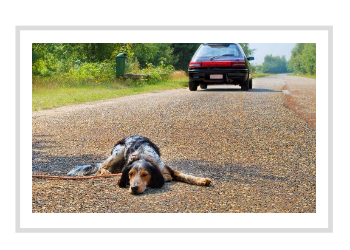
-The first thing you need to do is help the wounded animal and remove it from the road to avoid more accidents.
-If it is conscious act with caution, as due to fear and pain, the dog may bite even if it has never done so before. You can cover its head with a piece of clothing in order to avoid bites.
-Observe the state of consciousness of the animal. If it is not conscious, take its pulse at chest level and on the inner thigh, by feeling for the femoral artery. Check whether the animal is breathing regularly.
-If the animal is alive keep it in a position that makes breathing easy (extended neck).
-Before leaving the scene of the accident, you should make a note of the details of the people involved in order to file the appropriate report and subsequently get insurance.
-The point of impact and the inertia of the vehicle can easily cause one of the dog’s bones to be fractured.
The fractures may be open, if the wound exposes the bone, or closed, if the bone is not exposed.
Below, open femur fracture with the corresponding x-ray:
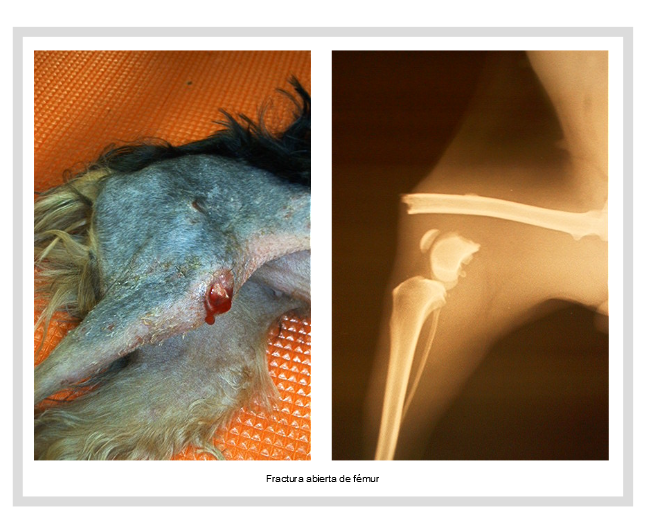
In the case of open fractures, it is important to cover the wound with fabric that acts as a dressing in order to avoid further bacterial contamination. As the bone is exposed, the infection is always present.
If the fracture is closed, try to immobilise the unsteady area as much as possible in order to avoid major damage to tissues.
Any bone can be fractured, but the most frequent fractures that occur as a result of collisions are:
Radial and cubitus fractures, femur fractures, tibia and fibula fractures, hip fractures and rib fractures.
You must get to a veterinary clinic as quickly as possible, and if the animal appears to be in a serious condition, you should go to a veterinary hospital that offers diagnostic tests and an intensive care service.
Even if the animal does not appear to have suffered from an injury, you must always veer to the side of caution; it is better to go to a veterinary hospital where they can carry out the appropriate tests to ensure that everything is in order. Ruling out injury is just as important as detecting its presence.
A heavy blow to the chest can cause respiratory distress within a few hours.
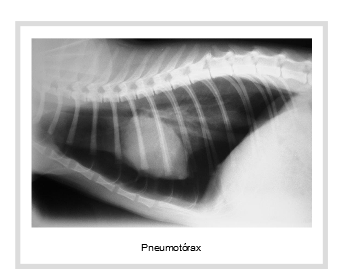
Once at the hospital:
It is important that the vet is capable of providing adequate treatment when the animal is admitted so as to avoid a fatal outcome.
When you are dealing with a politraumatised animal, time is of the essence, and a radiological examination of the thorax and the abdomen should be prioritised in order to establish emergency treatment. Cardiorespiratory emergencies or intra-abdominal injuries must be detected and monitored, and clinical signs must be determined before carrying out a radiological examination of the most obvious injuries.
On the chest x-ray on the right you can observe an accumulation of air in the plural cavity which prevents the lungs from expanding normally. This happens when the lung parenchyma is torn and the air escapes from the alveoli to the plural cavity. In these cases the air must be removed urgently using puncture and aspiration in order to ease the respiratory distress.
FALLING FROM HEIGHTS
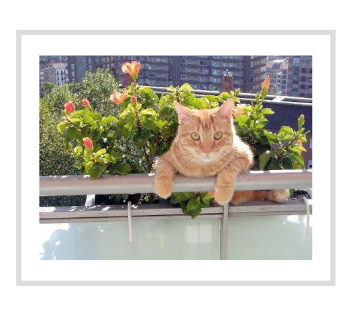
Falls from a height are another common cause of fractures in small animals.
Cats that live in the city tend to fall from windows and balconies. It is a frequent accident for the species and for this reason they are commonly known as “skydiving cats” in veterinary jargon. Cats balance on the railings, and sometimes when they want to catch a bird or an insect, they lose their balance and fall. Although it is illogical, falling from a lower level flat can have worse consequences than falling from a flat that is located higher up the building. This is because the cat needs time to get back into position as it falls in order to land on its feet. It is also surprising that skydiving cats tend to repeat the same error.
In these cases, the most common injuries that tend to be detected are cleft palate and pulmonary contusion.
The cat bleeds from its mouth and nose. If the cause of the bleeding is the fissure in the palate, the animal makes a good, fast recovery.
The appearance of a diaphragmatic hernia due to the rupture of the diaphragm is also common. This means that abdominal contents enter the thorax. In order to detect these injuries the cat must undergo an X-ray.
You can use the x-ray below to compare a normal X-ray with a X-ray displaying a ruptured diaphragm.
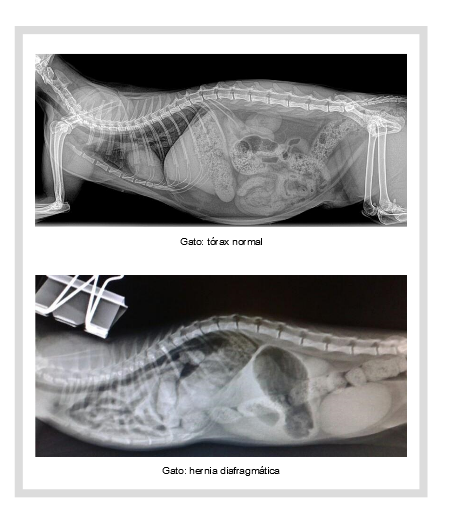
It is very important to monitor the injury for 24 hours after it is incurred.
Dogs do not normally fall off balconies, but one Sant Joan( a Spanish celebration) when I was working in the emergency clinic, some boys brought in a Labrador Retriever that had fallen off the terrace of a second floor flat. When I got in contact with the owner thanks to its microchip identification tag, she told us that she had left the dog with some people she knew and she was travelling.
The dog felt lost and got into a panic because of the bangers that were going off as part of the celebration. In an attempt to escape, it jumped over the wall of the terrace and fell on the pavement. Miraculously, the dog did not have any significant injuries, it just suffered a blow and some superficial wounds.
Most of the time when a dog falls from a height it involves a ditch or embankment. They may fall or even jump as they do not realise how high up they are.
Therefore the injuries tend to be carpal fractures and dislocations and plantar ligament injuries.
For small dogs, falling from someone’s arms or from the sofa is enough to fracture a paw or cause a cranioencephalic trauma.
BITE WOUNDS
In fights, dogs bite and shake their victims violently.
You can be tricked at first glance, because a dog with a few cutaneous injuries could have significantly torn tissue on a subcutaneous and/or muscular level. This creates a dead space prone to accumulating fluid that causes inflammation and that will get infected. This should always be assessed by a vet. In addition, this type of wound is always infected, and the animal often needs to be anaesthetised in order to assess the damage to deep tissue and to apply drainage techniques.
Taking care of these wounds always involves using antibiotics from the outset.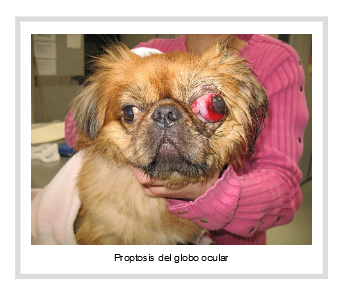
Proptosis of the eyeball is common in brachycephalic dogs that have been involved in a fight. See the image on the right-hand side.
Larger dogs can incur jaw fractures.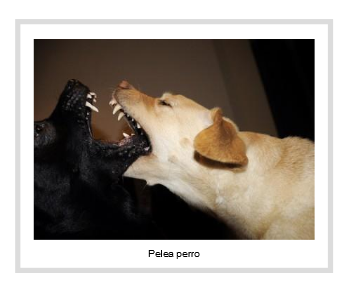
We can also come across other causes of injuries in small animals, although they are not as common, e.g. , household accidents (heavy objects falling on top of the animal, the animal getting trampled on) wounds caused by firearms, the animal getting attacked by other animals (mainly boars attacking hunting dogs) and sadly, animal cruelty.
Ortocanis Technical Team


